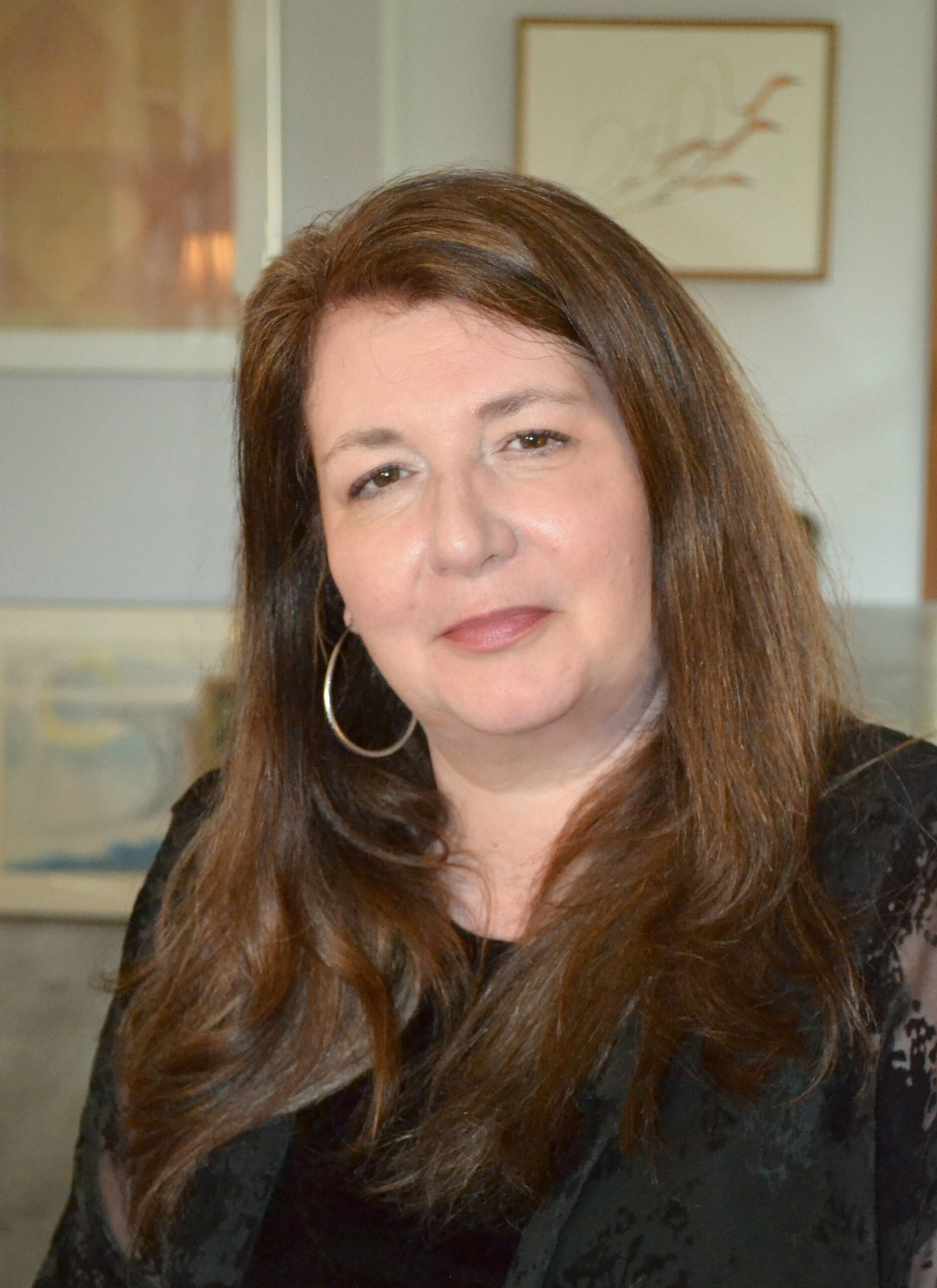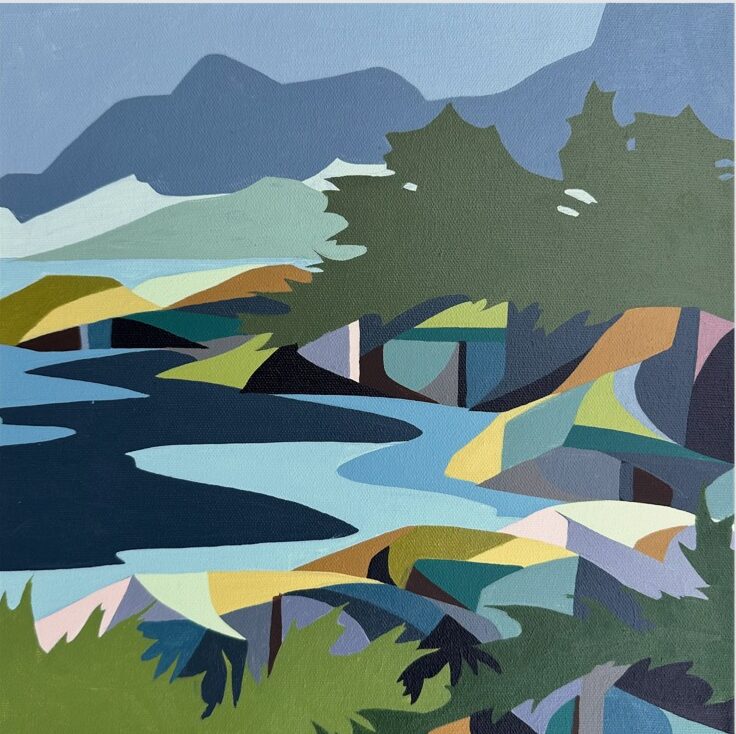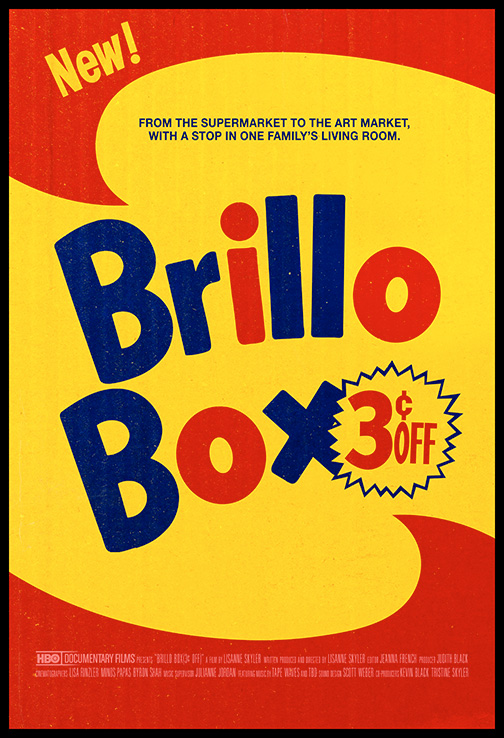Elizabeth Matheson has recently joined the AGGV as the as Director of Learning and Engagement, so we’re excited to get to know her more in an interview!
Q. The staff, volunteers and members of the AGGV are excited to welcome you the gallery. How do you see your role as Director of Learning and Engagement taking shape here?
Elizabeth Matheson: Imagining a different relationship with communities for the gallery has been very important to me both personally and professionally. It is exciting to be in a role where I can make change and work with colleagues, volunteers and members of the AGGV who share this vision. Along with focusing on creating access to culture, I am also keen to turn the spotlight on the importance of art in education as part of an enhanced effort in bringing to the surface what curators are currently researching for exhibitions and collections.
Q. What projects are you excited about that we look forward to in the near future?
EM: The link the AGGV has with artists and audiences in the region, along with an impressive public collection is significant, and I would like to continue expanding representation and reach, when approaching engagement and learning. The gallery needs to engage new audiences, many of whom embrace digital engagement and interactivity, as well as participatory and immersive art, performance, sound and film. In pushing the contemporary, my role is to help expand community engagement and collaboration in an effort to catch up with new audiences, thorough creative education for children and young people, exchanges, residencies, performances and commissions. I think we need to be brave in our programming and confident in our artists as well. There are many exciting programs in development. Stay tuned!
Q. Are there certain projects from your past experiences working on public art and cultural spaces and infrastructure that you’d like to share, and influence your work at the AGGV and broader arts community?
EM: People don’t just come to galleries for visual art, but to experience dynamic public spaces. When we talk about programming, or involving the public, these conversations inevitably lead back to the design of the gallery space itself. For the past decade, I worked alongside governments that supported the development of cultural spaces and public art. It was within these leadership positions overseeing large scale projects that I acquired the experience that impressed upon me how to create space for thought, experimentation, trust and dialogue. I like to remind colleagues that there is an important shift taking place within society and cultural spaces need to be designed with more intention and response to societal needs. For the AGGV, this means there must be a concerted effort to integrate community and art, thinking and education into the infrastructure of the gallery itself. This rebalancing of cultural spaces is an important priority, especially post-COVID, as we need more investment in art and cultural infrastructure to uplift us aesthetically and intellectually.
Q. Your previous work in curation and academia engaged multicultural and Indigenous communities into new models for arts programming. How will that inform your vision for learning and engagement at the AGGV?
EM: I have been fortunate to have worked alongside artists, communities, universities, governments and cultural organizations in a number of countries, as well as in art galleries and artist-run centres across Canada. As part of these formative experiences, I felt it was important for Canadian galleries to be open and welcoming places where a wide and diverse range of audiences could see their heritage and great artists celebrated prominently. This led me to research possible new ways of programming where cultural knowledge is a key part of co-creation with communities. There are a lot of critical issues confronting the world right now and it is important to not go it alone. I would like to keep this sense of urgency for my leadership at AGGV, so both timely connectedness and sustained commitments will be foregrounded as part of Learning and Engagement.
Elizabeth Matheson has been a leading scholarly and curatorial voice in the field of Canadian contemporary art for over 20 years. Elizabeth has recently led large scale projects for the Province of British Columbia to better engage its multicultural communities and was instrumental to the success of Regina’s Cultural Development department where she oversaw the redevelopment of art and cultural facilities and historic parks including the installation of award winning public art installations.
During her tenure as a co-founder of Strandline Curatorial Collective, she spearheaded a multi-year international research project between Canada, UK and Armenia with galleries and university partners titled Meet in the Middle that involved a durational series of exhibitions, film screenings and community-based educational programs that included presentations at Independent Curators International (New York), University of Cambridge and Oxford University. Prior to founding Strandline, she curated cross-cultural projects at the Dunlop Art Gallery, and contributed to publications at the Kamloops Art Gallery and Morris and Helen Belkin Art Gallery from 2003 to 2006, and concurrently held positions as a researcher, educator, and public programmer with Canadian Heritage, Remai Modern (Mendel Art Gallery), AKA Artist Run Centre and the Photographers Gallery from 1994 to 2001.
During the same period, she also held art history lecturer positions at several universities and previously worked in archaeology in Manitoba and Ontario. She has been an advisor to several organizations such as Prefix Photo, Prince Claus Fund and Future Generation Art Prize and currently chairs the City of Victoria Art in Public Places committee.
Matheson is also a frequent contributor to magazines, books, and catalogues on contemporary art. Her essays have been included in Atom Egoyan Steenbeckett (Black Dog Publishers, 2017), Disgruntled Other Art (Grunt, 2015) and Art Nexus Brasil en Colombia (Art Nexus, 2011), among other compilations. Elizabeth has her BA in Archaeology and Anthropology and a Masters of Art History from the University of Saskatchewan. She participated in the Banff Management of the Arts Leadership program and was invited to be a delegate as part of the Canada Council for the Arts 2014 delegation to Taiwan, Korea and Japan.
Feature Image: Elizabeth Matheson



